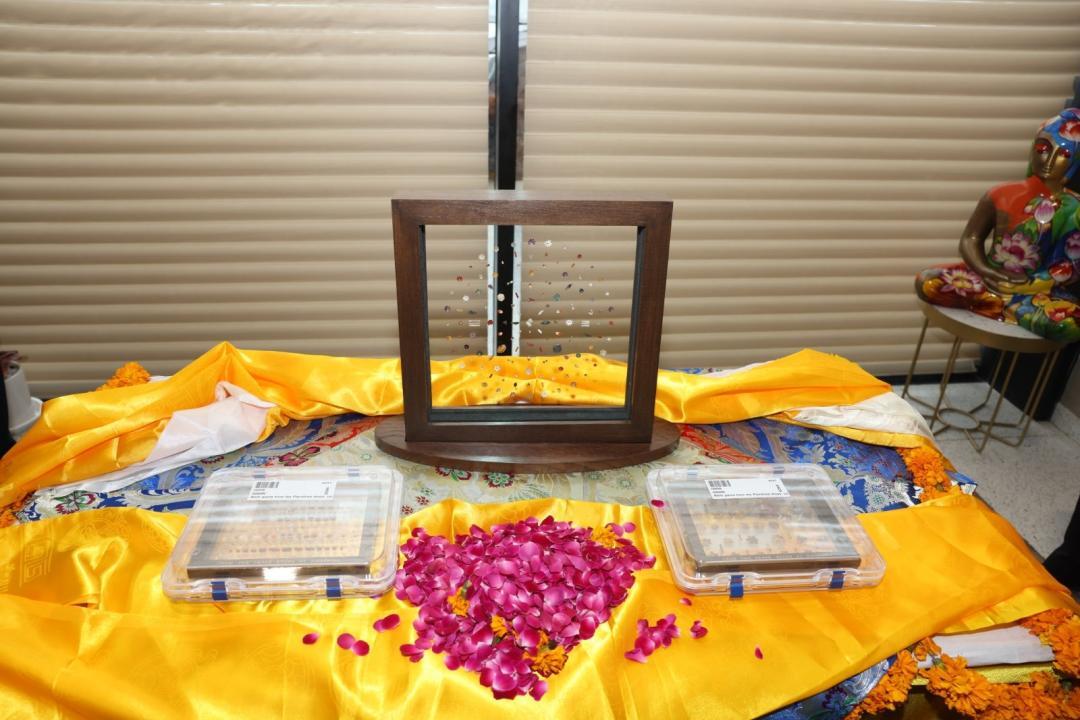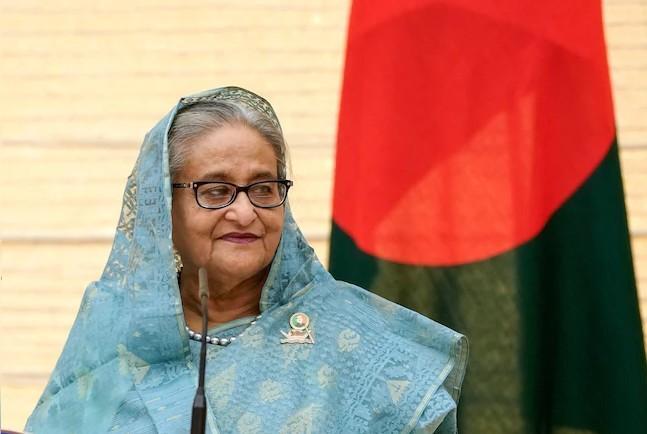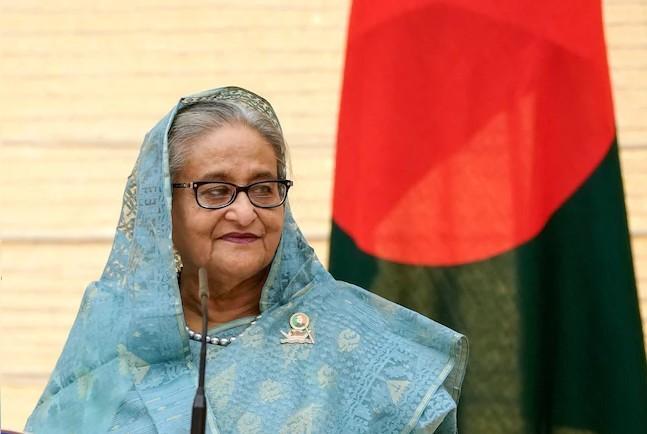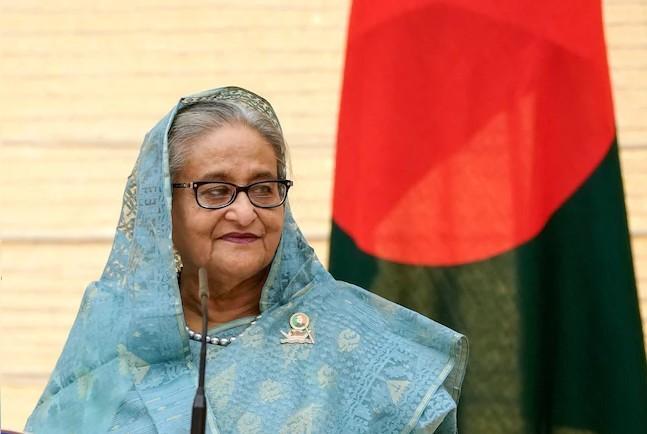
Sacred Piprahwa Relics of Lord Buddha Return to India after 127 Years
It is a momentous day for India as the sacred Piprahwa relics of Lord Buddha have finally returned to the country after an absence of 127 years. Prime Minister Narendra Modi welcomed the relics’ return, terming it a “joyous day for our cultural heritage.” The relics, which are considered sacred by Buddhists, have been brought back to India from Hong Kong, and their return is a significant event that has sparked joy and pride among the Indian people.
What are the Piprahwa Relics?
The Piprahwa relics are a collection of Buddha’s relics, which are believed to be a part of his ashes. According to Buddhist tradition, when Lord Buddha passed away, his body was cremated, and his ashes were divided into eight portions, which were then distributed among his followers. The Piprahwa relics are a part of one of these portions, which was buried in Piprahwa, a village in Uttar Pradesh, India.
The relics were discovered in 1898 by a British archaeologist, and they were later taken to Hong Kong, where they have been kept in a temple. However, with the passage of time, the relics have become a subject of controversy, with some Buddhist groups demanding their return to India. The Hong Kong government has finally agreed to return the relics, and they have been flown to India, where they will be kept in a special shrine in Kushinagar, Uttar Pradesh.
Why are the Piprahwa Relics Significant?
The Piprahwa relics are significant for several reasons. Firstly, they are a part of Lord Buddha’s ashes, which are considered sacred by Buddhists. Secondly, they are a tangible link to the life and teachings of Lord Buddha, who is considered one of the most important figures in Buddhism. Finally, the relics are a symbol of India’s rich cultural heritage, which has been shaped by Buddhism and other religious traditions.
The return of the Piprahwa relics is also significant in the context of India’s relations with Hong Kong and China. The relics were taken to Hong Kong by British colonialists, and their return is a symbol of India’s efforts to reclaim its cultural heritage. The move is also seen as a step towards strengthening ties between India and Hong Kong, which have been strained in recent years.
What does the Return of the Relics Mean for India?
The return of the Piprahwa relics is a significant event for India, which has been struggling to preserve its cultural heritage in the face of globalization and urbanization. The relics’ return is a reminder of India’s rich cultural past and its importance in shaping the country’s identity.
The relics will be kept in a special shrine in Kushinagar, which is an important Buddhist pilgrimage site. The shrine will be built under the aegis of the Union Ministry of Culture, and it will be designed to preserve the relics in a way that is consistent with Buddhist traditions.
The return of the relics is also expected to boost tourism in the region, which is an important sector for India’s economy. The relics will attract tourists from all over the world, who will come to see them and learn about the life and teachings of Lord Buddha.
Conclusion
The return of the Piprahwa relics of Lord Buddha to India is a significant event that has sparked joy and pride among the Indian people. The relics are a part of India’s rich cultural heritage, and their return is a reminder of the country’s importance in shaping the world’s cultural landscape.
The relics’ return is also a symbol of India’s efforts to reclaim its cultural heritage, which has been shaped by Buddhism and other religious traditions. The move is expected to boost tourism in the region and strengthen ties between India and Hong Kong.
As Prime Minister Narendra Modi has said, “A joyous day for our cultural heritage!” The return of the Piprahwa relics is a momentous occasion that will be remembered for generations to come.





